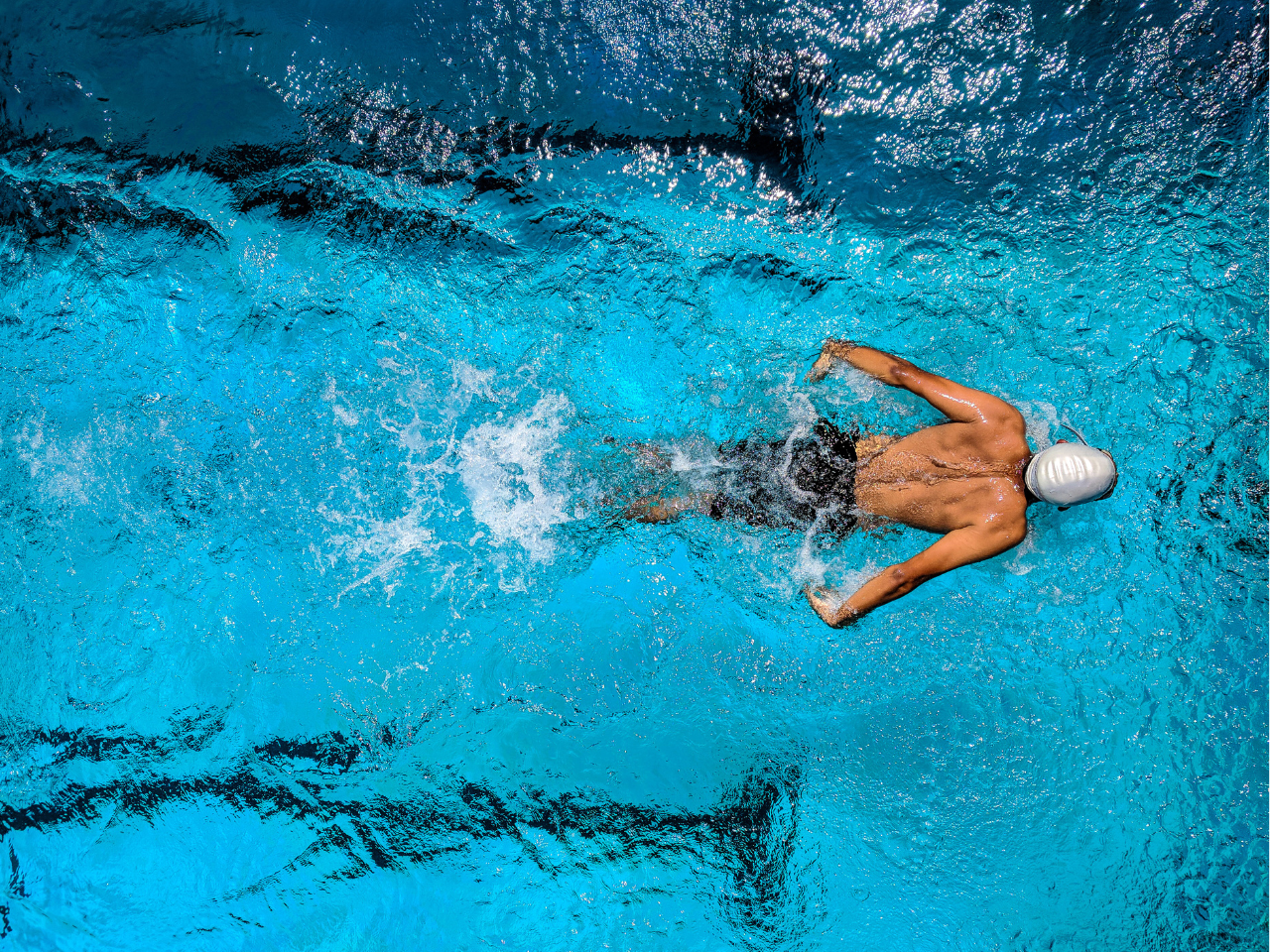Posts
“If you’ve seen one concussion, you’ve seen one concussion”.
/in Health and Wellness, Physiotherapy, Tips to Elevate Wellness /by carolineIs Back Pain Holding You Back? Discover a Path to Recovery and Strength through Clinical Pilates
/in Health and Wellness, Physiotherapy, Tips to Elevate Wellness /by carolineCould Medical Injections (PRP) Accelerate Recovery?
/in Health and Wellness, Physiotherapy /by adminCould Medical Injections (PRP) Accelerate My Recovery? The majority of orthopedic problems tend to respond to targeted and appropriate physiotherapy and exercise interventions. If an injury isn’t responding to this, and other traditional treatments, a biologic injection may help accelerate your healing. Platelet Rich Plasma or PRP is a product produced from your own blood. […]
Back to School Blueprint: Prioritizing Sweat, Step, Sleep, and Sit for Well-being
/in Health and Wellness, Physiotherapy /by adminBack to School Blueprint: Prioritizing Sweat, Step, Sleep, and Sit for Well-being
Are your children ready for class and all their extra-curricular activities coming September? The Canadian Guidelines for Physical Activity have provided a few recommendations to help encourage youth to live a healthy lifestyle.
1. Sweat:
An accumulation of at least 60 minutes of moderate to vigorous physical activity involving various aerobic activities. Vigorous physical activities and muscle and bone strengthening activities should be incorporated at least thrice weekly.
2. Step:
3. Sleep
4. Sit:
Returning to Sports?
If your children are returning to a specific sport or activity this fall, consider the following tips to avoid injury. A common cause of muscle injury is overload – doing too much too soon. Muscle strains occur when the tissue exceeds its loading capacity. Here are a few tips to help manage the risk of injury: Arrive 15-20 minutes before practice to ensure adequate warm-up before activity.
- Sport-specific training (i.e. a warm-up for a baseball player should incorporate sprint training in addition to catching/throwing drills)
- Gradual increase in training load, otherwise known as volume (try to increase one of the following variables at a time: frequency, intensity, duration)
- Get yourself back to baseline (this includes a low-intensity activity to help you lower your heart rate, hydration, refuelling & rest)
Conclusion
Physiotherapists can assist with injury prevention, sport-specific training and recovery from injury. If you have more questions, contact one of our experts at Treloar Physiotherapy!
By Jamie Mistry (Registered Physiotherapist, Treloar Physiotherapy Kerrisdale)
Just Keep Swimming – Six Reasons Swimming is Fantastic for Your Health
/in Health and Wellness, Physiotherapy, Tips to Elevate Wellness /by adminJust Keep Swimming – Six Reasons Swimming is Fantastic for Your Health
Amidst these scorching summer days here in BC, there’s nothing like a refreshing swim, but swimming has many health benefits besides being a fantastic way to cool off.
One significant aspect of water-based exercises is the hydrostatic effect of water, which has fantastic therapeutic benefits. The pressure can alleviate pain by reducing swelling and calming our sympathetic nervous system. As a result, pool-based exercises and swimming can benefit those in post-recovery (like ankle sprains, knee replacements, etc.) and facilitate a faster recovery.
But the benefits don’t stop there! Other great aspects include:
1. Low-impact exercise:
Unlike many other forms of exercise, swimming is low-impact, which puts less stress on joints. Being low-impact makes swimming an ideal activity for people of all ages, including those with joint pain/sprains, arthritis, or other mobility concerns.
2. Flexibility and balance:
3. Improved posture:
4. Cardiovascular health:
5. Full-body workout:
6. Weight management:
Conclusion
Before taking a dip or starting any exercise program (like hydrotherapy/pool-based rehab), consult your doctor and physiotherapist, especially if you have any underlying health concerns. Stay safe, and just keep swimming!
Physiotherapist Ania Stojek wrote this article.
Cambie & 8th
595 West 8th Ave
Vancouver, BC V5Z 0C4
Map & Directions
604-875-6207 (phone)
604-875-6208 (fax)
Kerrisdale
203 - 5511 West Boulevard
Vancouver, BC V6M 3W6
Map & Directions
604-266-8383 (phone)
604-266-8909 (fax)



